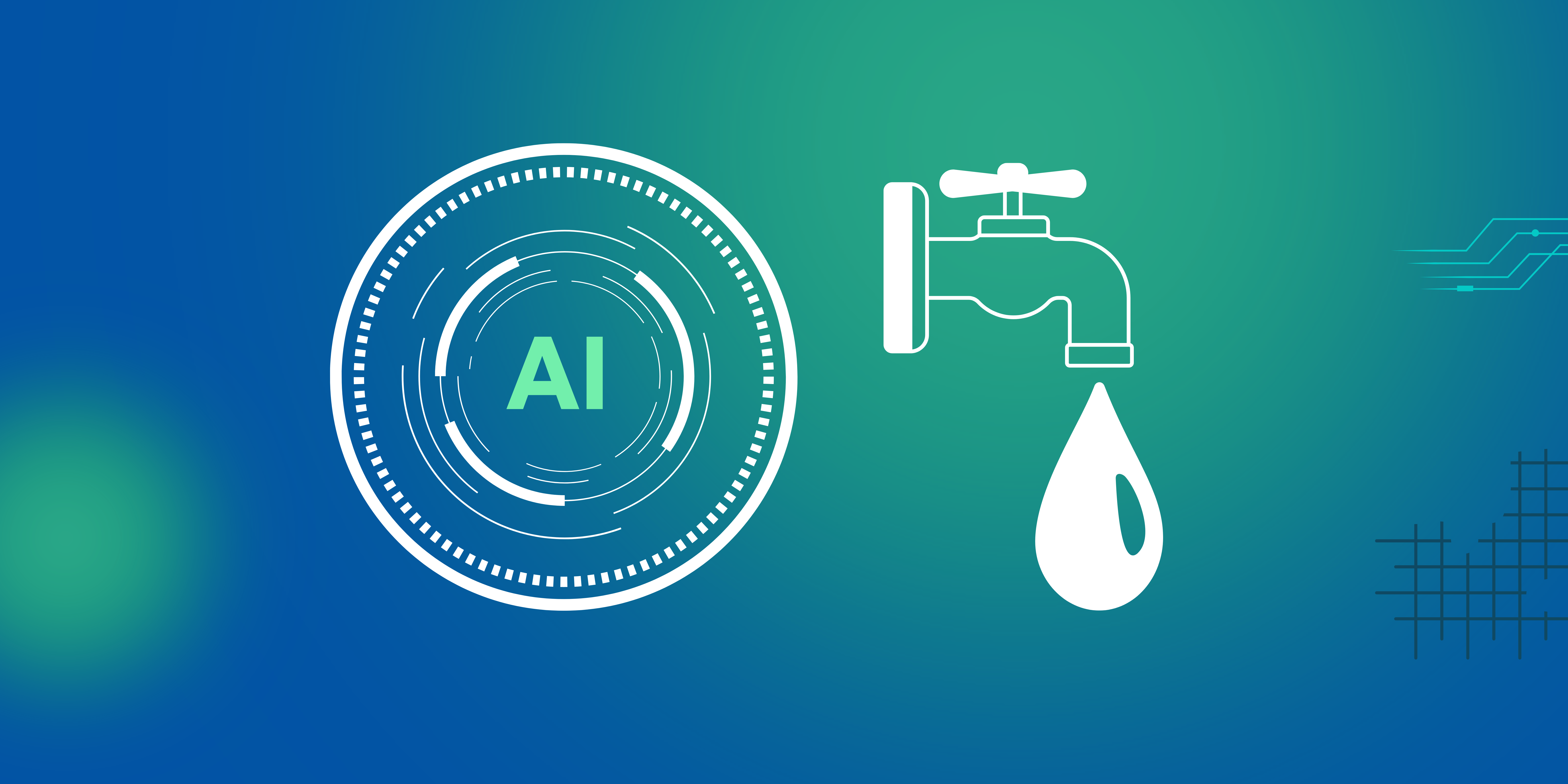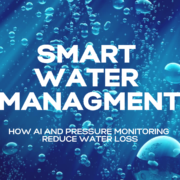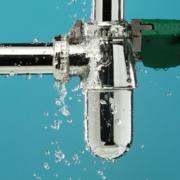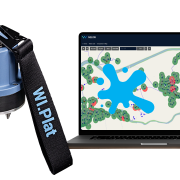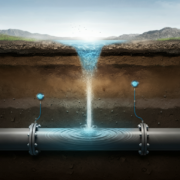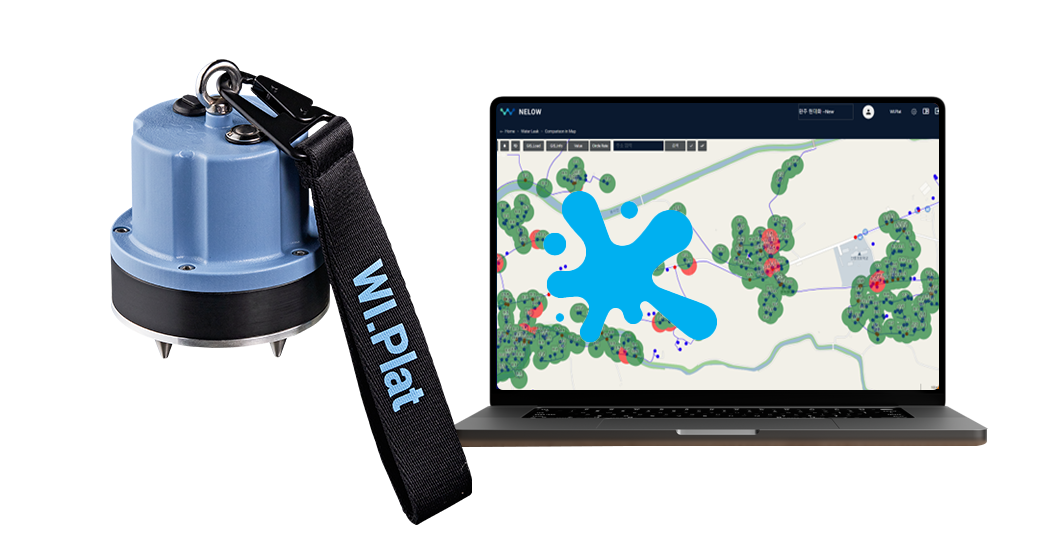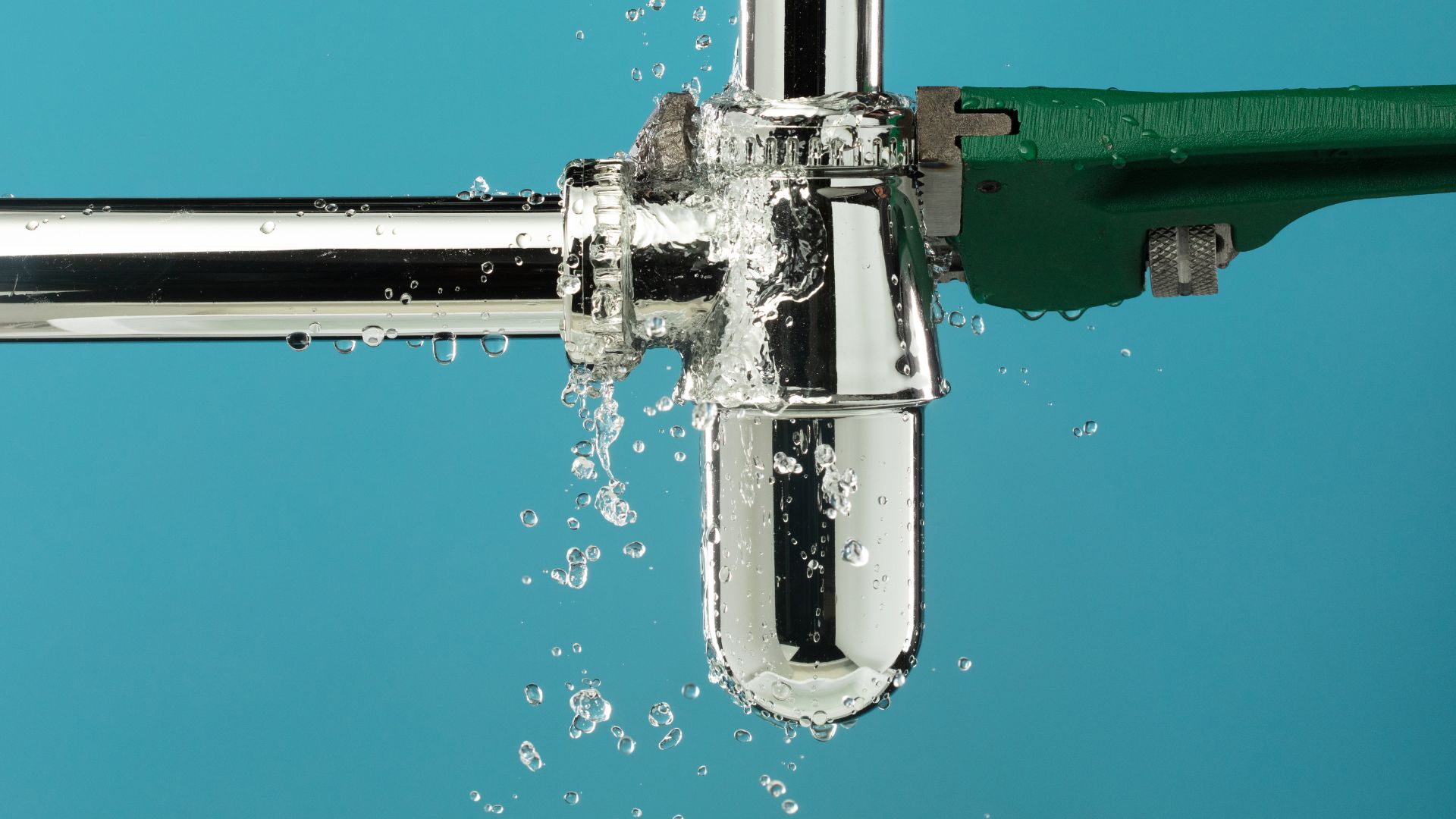How AI is Transforming Water Management and Energy Saving in South Korea
In South Korea, the production and supply of tap water come with a hefty cost—around 800 billion won per year in electricity bills. Interestingly, about 95% of this cost is driven by pump operations, which are essential to AI water management.
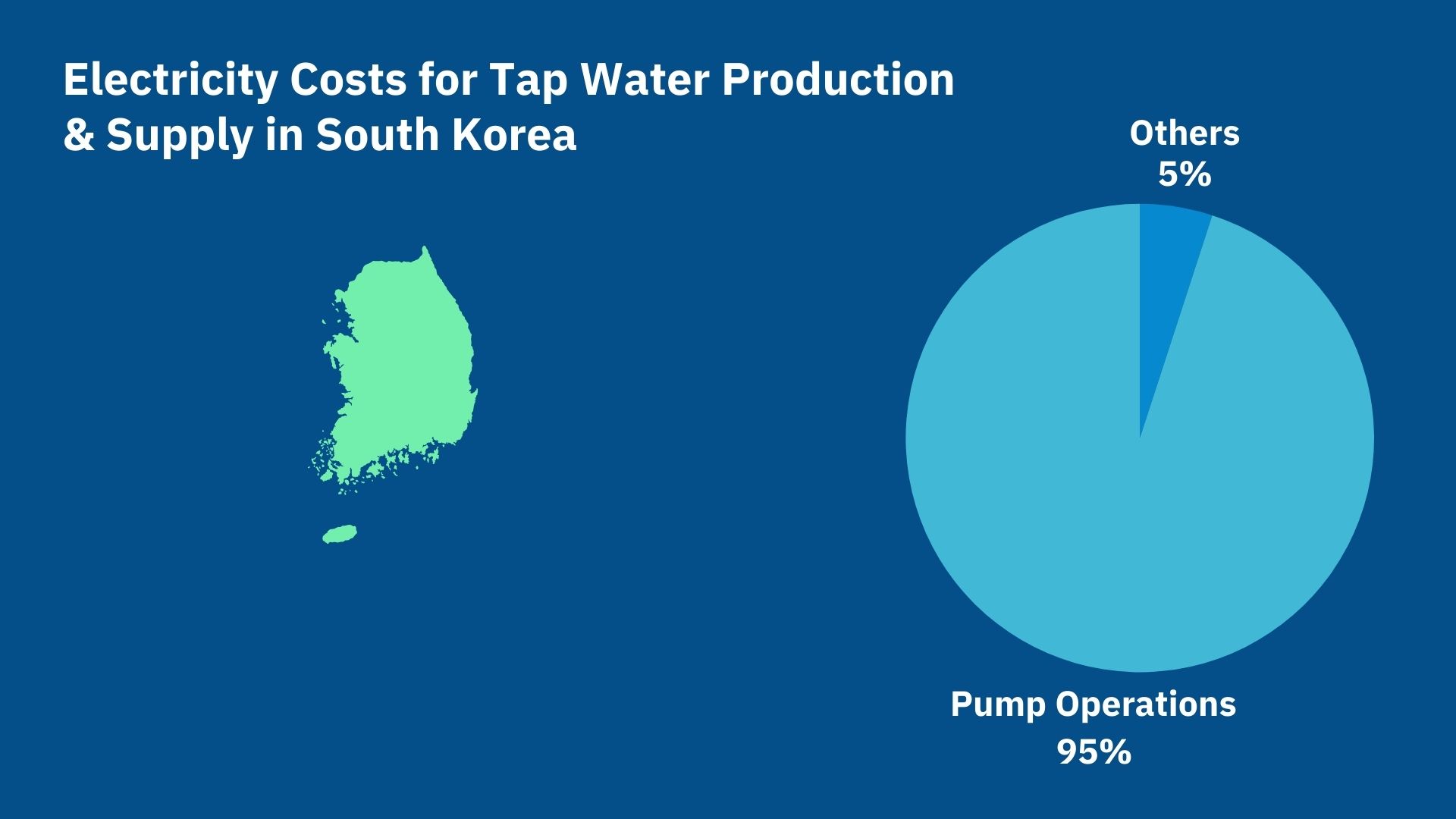
With over 3,200 water reservoirs nationwide, South Korea also experiences significant variations in industrial electricity rates, with daytime electricity being more than twice as expensive as nighttime rates.
Moreover, the energy required to produce a ton of water varies depending on the combination of pumps used. This creates a unique opportunity to leverage ai water management to predict water usage, optimize pump and valve operations, and significantly reduce energy consumption and costs.
AI’s Role in Optimizing Water Energy Management
AI water management can help operators predict water demand optimize pump and valve operations, and integrate the best water leak detector systems for early detection and prevention. Here’s a process that WI.Plat has explored how to make this a reality:
Step-by-Step AI Model for Efficient Water Management
To develop an AI water management model that optimizes energy use in water systems, several critical components need to be in place. One of the most important is a SCADA (Supervisory Control and Data Acquisition) system, which collects real-time operational data. The general process for developing AI-based water energy-saving models includes the following steps:
1. Water Supply System Analysis:
Begin by mapping out the water management system, including pump stations, valves, reservoirs, and various sensors. This provides a clear understanding of how water flows through the system.
2. Data Mapping:
Next, map out the sensor tags (Tag_ID) based on the system diagram to link data points to the physical infrastructure.
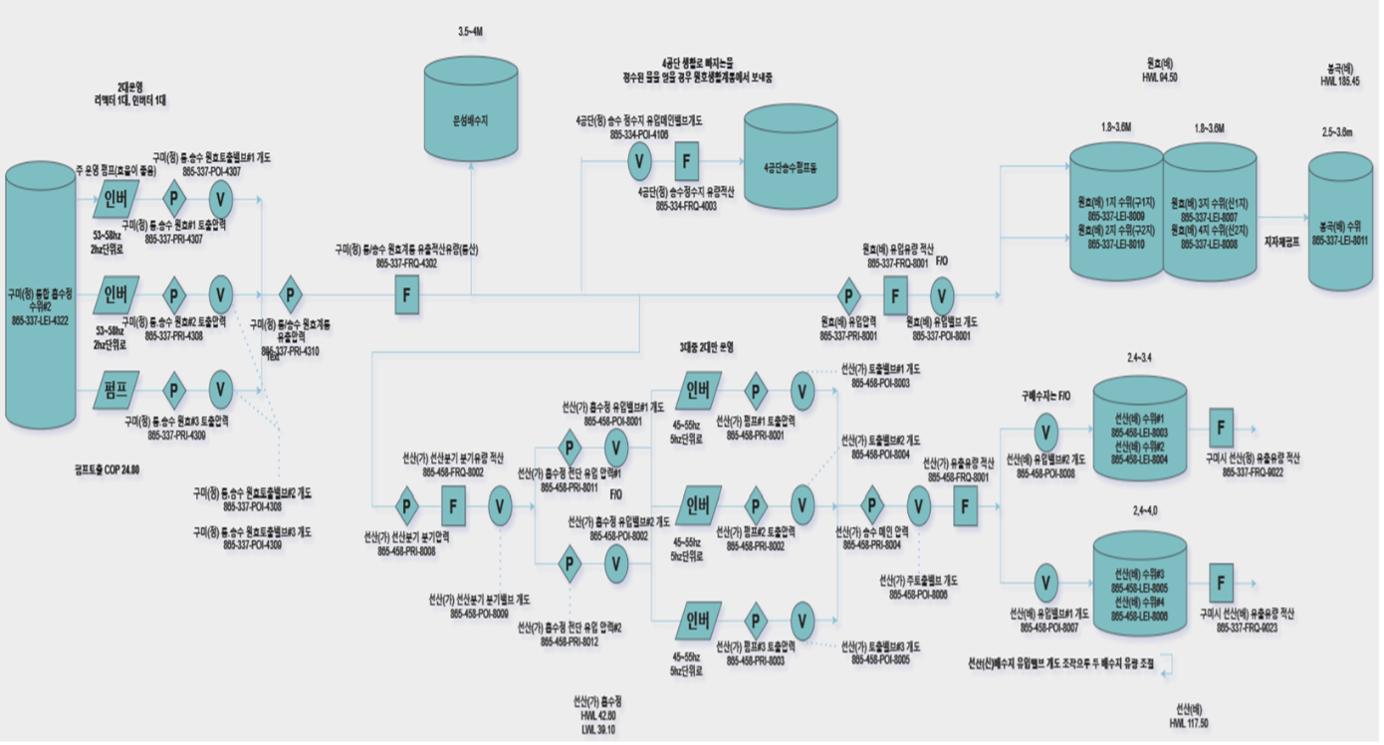
3. Data Collection and Preliminary Analysis:
Collect SCADA data and perform basic analysis to establish preprocessing standards, preparing the data for AI model training.
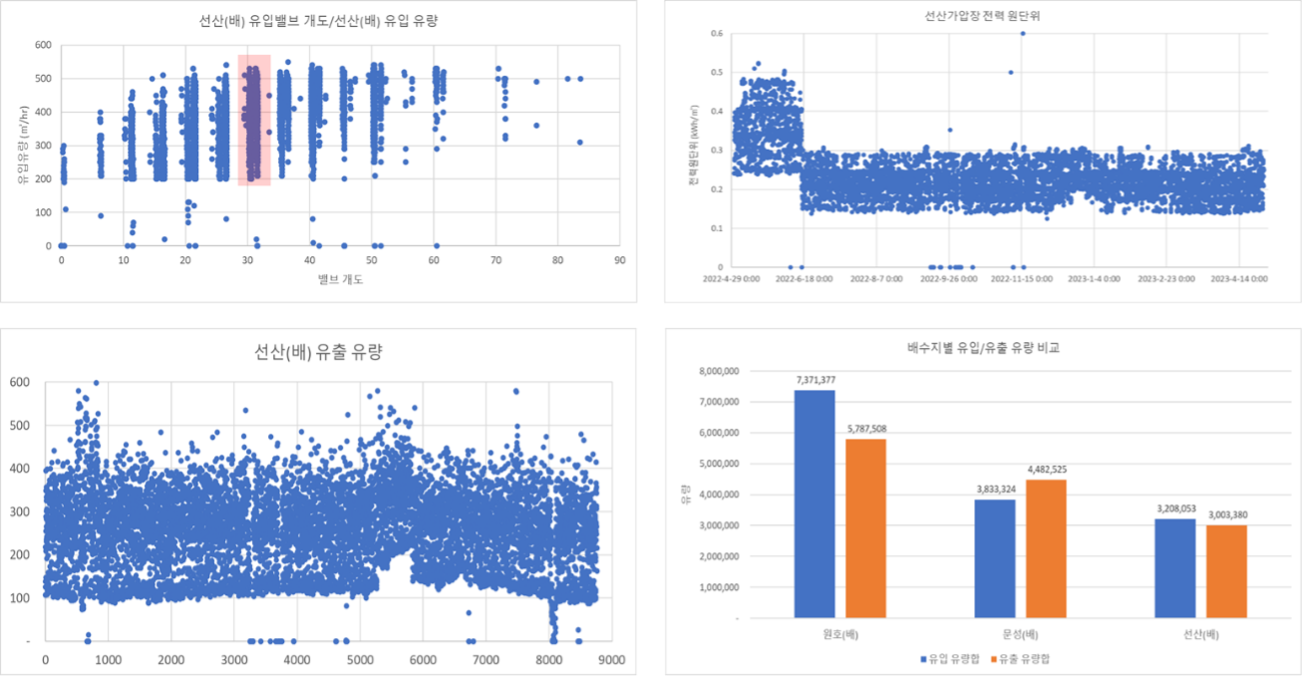
4. Realtime Data Processing Module (RDPM) Design:
Define the data that will be used for the AI water management model and design preprocessing workflows.
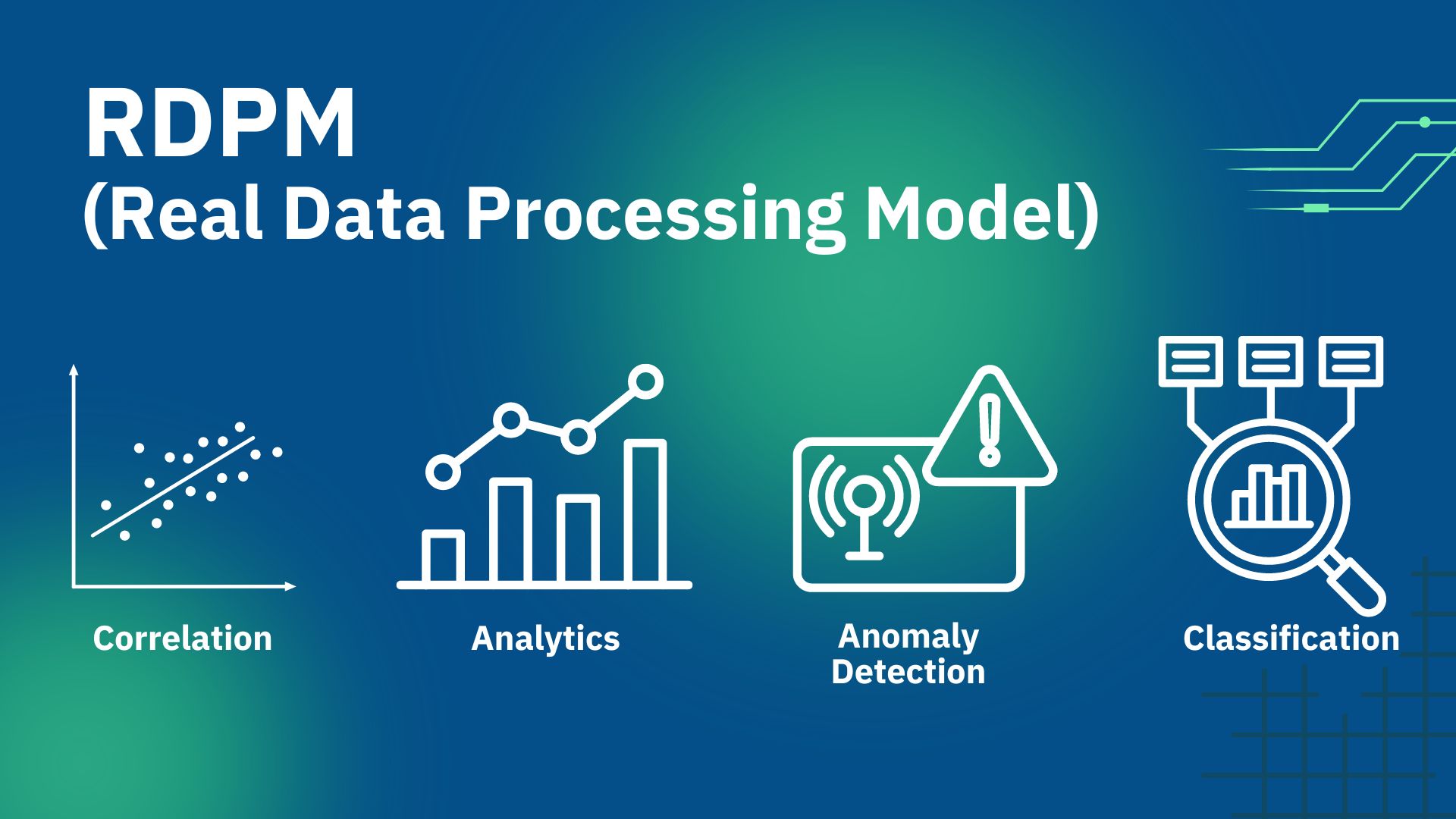
5. Water Usage Forecasting Model Design:
Use historical data to analyze patterns in water usage, creating a time-based prediction model for future water demand.
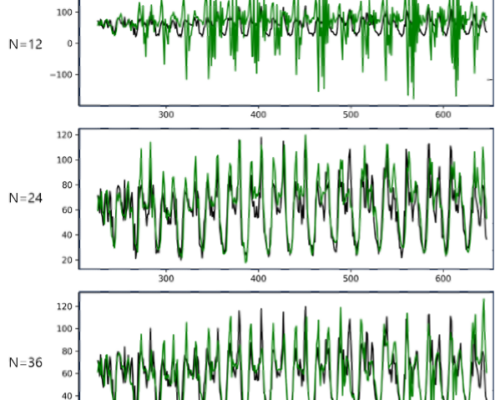
6. Water Level Forecasting Model Design:
Build a model that predicts future water levels in reservoirs based on predicted inflows, outflows, and current water levels.
7. Q-Table Design:
Create a Q-Table that correlates operational conditions (like water levels, pump operation, and valve status) with inflows, pressure, and power consumption. The table will be used to simulate the hydraulic behavior of the system under different conditions.
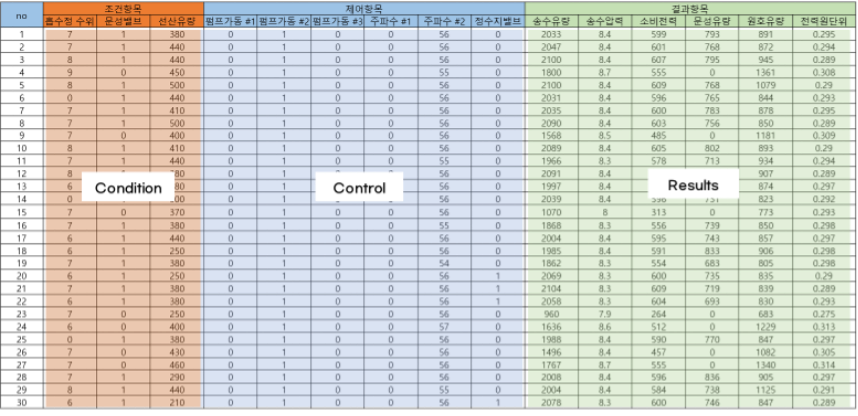
8. Optimized Decision-Making Model (ODMM) Design:
Use reinforcement learning to create an optimized decision-making model that selects the pump and valve control conditions yielding the best Q-Value for the current system state.
9. HMI Control Model (HCM) Design:
Design the Human-Machine Interface (HMI) control model to implement AI water management recommendations on pump and valve operations, considering factors like control change thresholds and model update frequency.

10. AI Model and Integration System Development:
Develop individual AI models and integrate them into a system that can run cohesively in real time.
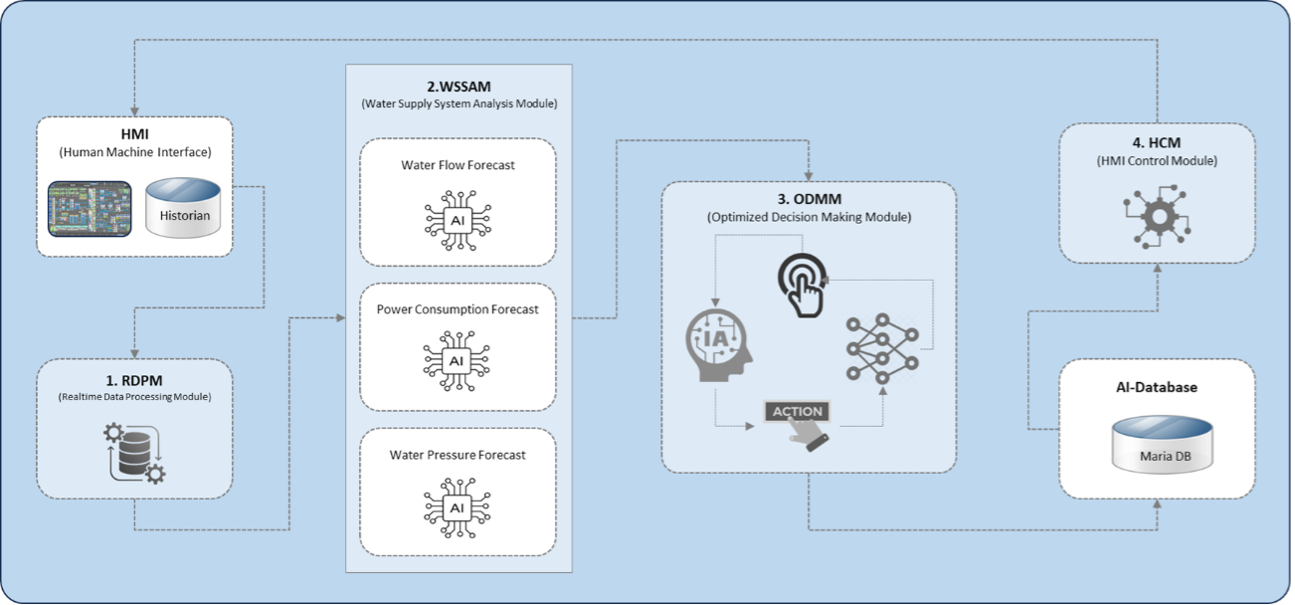
11. Simulation Testing:
Before full implementation, test the AI water management system with historical data to validate its accuracy and efficiency.
12. Non-stop Test Operation:
Finally, run a continuous, uninterrupted test for at least seven days, allowing the AI to control the system independently and without operator intervention.
Case Study: AI Water Management in Gumi’s Water Supply System
One of the most notable applications of this AI-driven approach has been at K-water’s Gumi Regional Water Supply System in South Korea.
This system manages 464,000 tons of water per day and includes 10 pump stations and 14 reservoirs. AI development began in May 2023 and is expected to be fully operational by April 2024.
Currently, the AI system is undergoing test operations, with human operators stepping in only when abnormal situations arise.
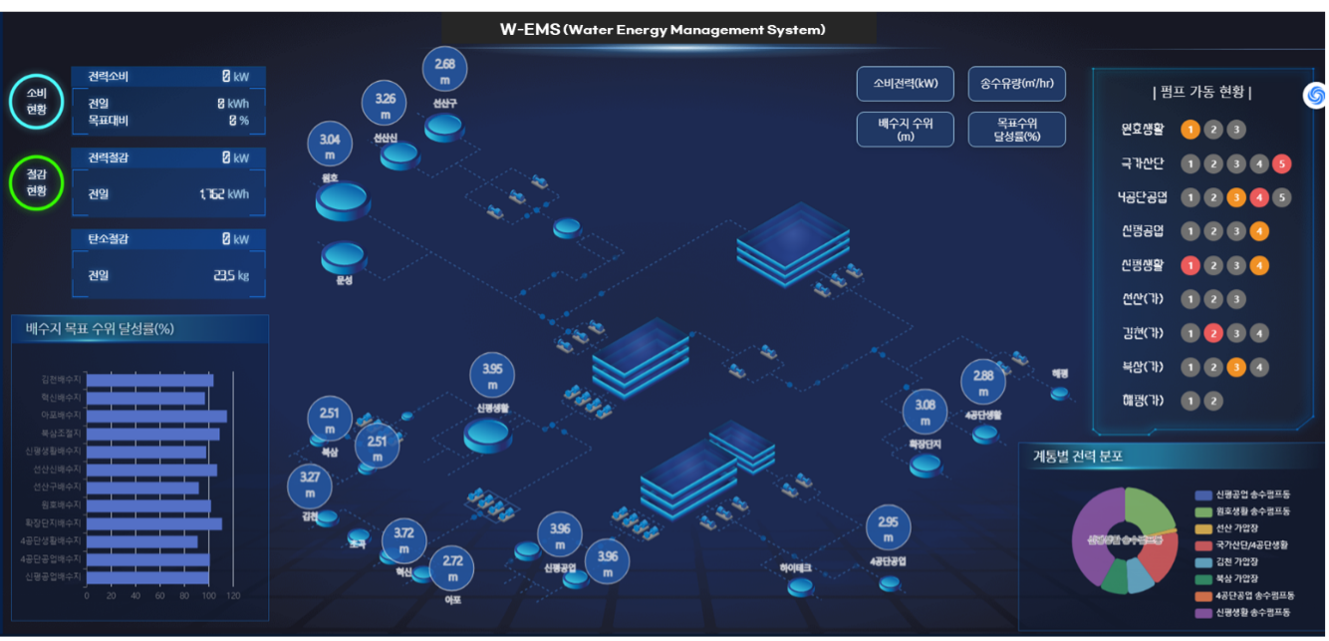
Early results are promising—testing has shown that AI optimization can reduce electricity costs by around 5%. However, full-scale implementation is expected to yield even more substantial savings.
Lessons Learned: Challenges and Opportunities in AI-Driven Water Management
There have been some challenges along the way. In many cases, the capacity of the pumps was found to be unsuitable, or the valve controls were inadequate.
For optimal AI-based control, simultaneous facility upgrades are often required. Additionally, some reservoirs lack inflow and outflow meters, which are crucial data points for AI systems to operate effectively.
The project team also found that the integration of AI systems should ideally follow after improving the water supply infrastructure. This way, the maximum potential of energy-saving measures can be realized.
Furthermore, operators may be hesitant to trust AI systems initially, so overcoming this resistance is another important factor in the success of these projects.
Conclusion
AI holds immense potential for revolutionizing water management by making it more energy-efficient. South Korea’s early experiments in this area, such as the Gumi Multi-regional Water Supply System, demonstrate that even modest implementations can lead to significant cost reductions.
However, for the full benefits to be realized, upgrades in infrastructure and a shift in operator mindsets are necessary. As AI technology continues to evolve, it could play a critical role in making water supply systems more sustainable and cost-effective worldwide.
Moreover, AI models that replace human operators can be particularly beneficial in developing countries where there is often a shortage of skilled operators.
By providing decision-making support and facilitating operator training, AI could help ensure safer, more efficient operation of water supply systems. In this way, AI not only saves energy and costs but when combined with the best water leak detector technologies, ensures more reliable water management in regions where it is most needed.
Optimize your water management with WI.Plat’s advanced solutions. Save costs, boost efficiency, and protect your infrastructure. Contact us for a consultation today!

